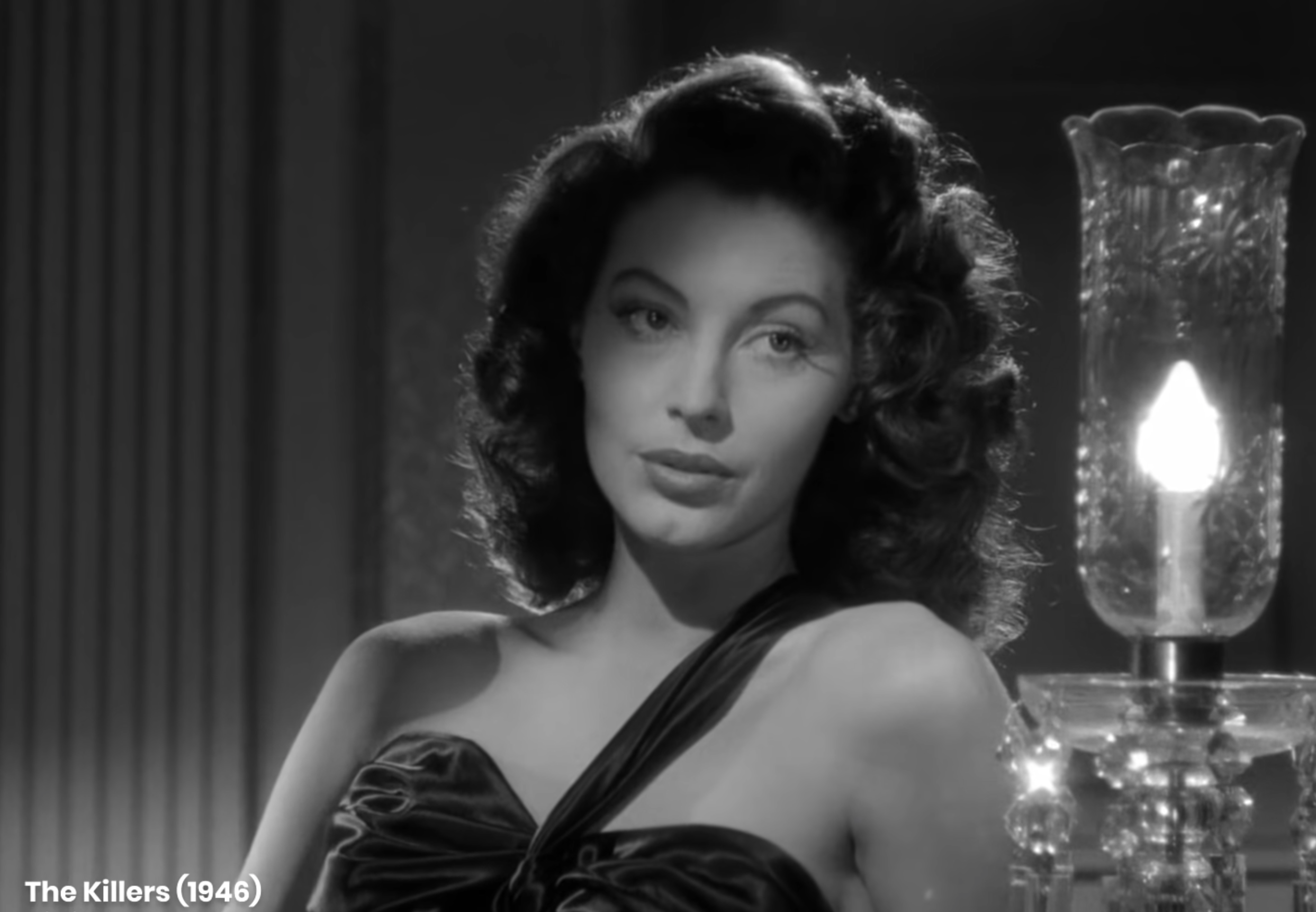We are living in the age of the male blanc dangereux, or, if you will, the homme fatale.
If there’s one thing the mainstream media and entertainment industry agree upon without hesitation, it’s that 40-plus white guys have enjoyed too much power for too long and need to be brought down.
The view is that too many of these ayeholes are anti-woke or not woke enough and therefore bad news, and that they need to ride in the back of the bus for a while and learn how it felt for marginalized people for too many decades.
Aside from your basic wokequake and #MeToo factors, I wonder if this viewpoint was in some way triggered by (or is perhaps a delayed reaction to) the ’90s femme fatale wave. All of those films about scheming, black-hearted women with ravenous sexual appetites, blah blah. What intelligent woman wasn’t quietly furious about (or at least hugely irritated by) these films, one after another after another?
The first crop of femme fatales, of course, arose with the film noirs of the late ’40s to mid ’50s. Lana Turner in The Postman Always Rings Twice, Barbara Stanwyck in Double Indemnity, Jane Greer in Out of the Past, Ava Gardner in The Killers, Lizabeth Scott in Dead Reckoning, etc.
The second manifestation happened 25 years later with Lawrence Kasdan‘s Body Heat (’80) and particularly Kathleen Turner‘s greedy and conniving Matty Walker. This wasn’t exactly followed up upon by Stephen Frears‘ Dangerous Liasons (’88) and Harold Becker‘s Sea of Love (’89) but the notion of selfish, cunning and possibly dangerous women was certainly underlined by these films.
The ’90s wave, sparked by the perverse imaginings of screenwriter Joe Eszterhas, pretty much began with the one-two punch of Curtis Hanson‘s The Hand That Rocks the Cradle (’92) and Paul Verhoeven‘s Basic Instinct (’92). It more or less ended with Roger Kumble‘s Cruel Intentions (’99).
Call it a vogue that lasted seven years or a bit less.
The headliners were (1) Basic Instinct, (2) Barbet Schroeder‘s Single White Female (’92), (3) Katt Shea‘s Poison Ivy, (4) Philip Noyce, Ezsterhas and Ira Levin‘s Sliver (’93), (5) Nic Kazan‘s Dream Lover (’93 — earned a grand total of somewhere between $256,264 and $316,809, (6) Alan Shapiro‘s The Crush (’93), (7) Uli Edel‘s Body of Evidence (’93), (8) William Friedkin‘s Jade (’95), (9) Gus Van Sant‘s To Die For (’95) and Cruel Intentions — an even 10.
What am I missing? Basic Instinct 2 (’06) doesn’t count — it arrived way past the end of the cycle.

